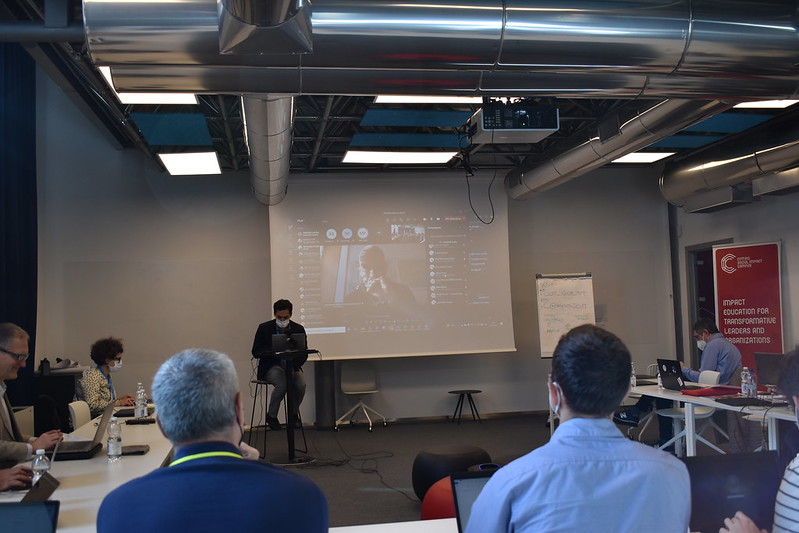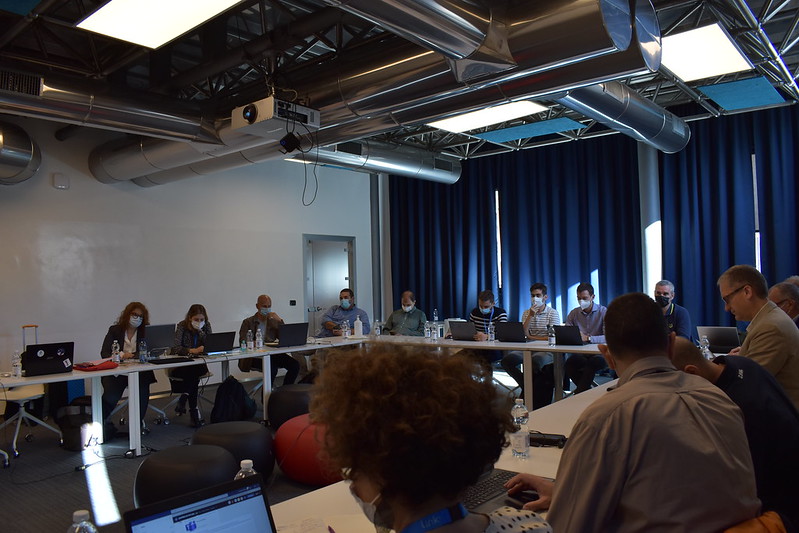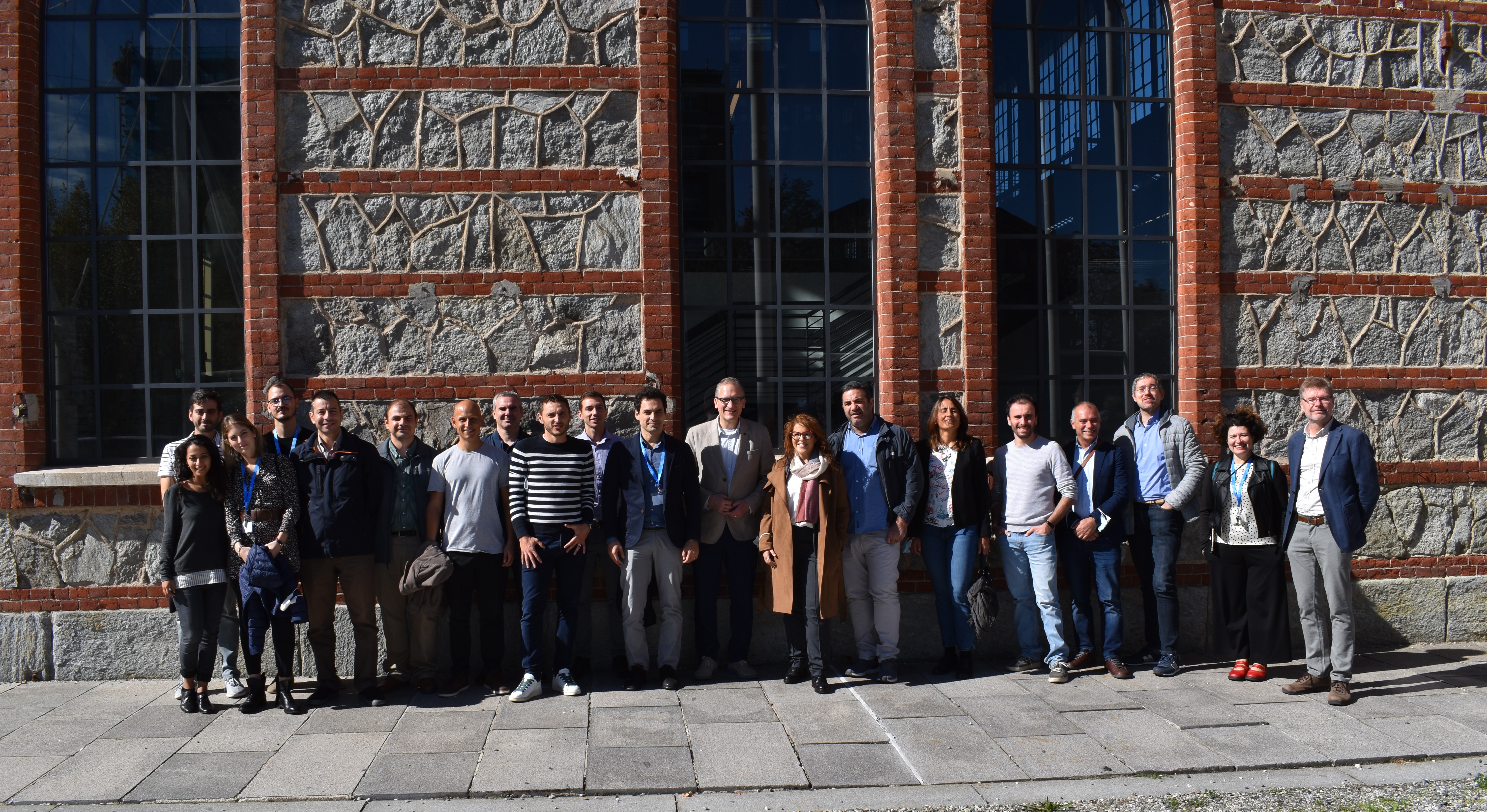Organised by the project coordinator LINKS, SAFERS project held its 2nd General Assembly on the 7th and 8th October 2021 in a hybrid format, in which the progress of the project and the activities were shared and discussed within the consortium. In addition, a panel of external attendees and the members of the Advisory Board participated in the design review.
A general appreciation emerged for the good participation of both the consortium and a wide external audience in the early activities on Innovation co-design (WP2), despite being held during the pandemic. These activities generated a twofold output: on one side the activities allowed to produce a meaningful set of operationally-oriented requirements that have been engineered to drive the technical developments. On the other side, it has allowed us to build a common knowledge base of the context and actors, which is very useful for preparing the next piloting activities.
The Advisory Board discussion, which included experts from non-profit and research organizations, was focused on the cooperative review of the business and exploitation model of the project.
It was pointed out the importance of facilitating the adoption of SAFERS services as much as possible, working on several levels. On a technical level, it will be important to take care of the interoperability capabilities to enable the SAFERS Intelligent Services to be integrated with the existing services and in compliance with the regulations in force. Concerning the adoption, it will be important to start from an articulated segmentation of the targets to address. This stakeholders mapping shall include, for instance, the public sector and policymakers, as key adoption facilitators. The panel discussion also allowed to extend together the range of sectors potentially interested in SAFERS service so as to get them involved in the exploitation activities. Among them, both private subjects (e.g. companies from heterogeneous sectors such as wood and papers, food, tourism, mobility) and public organizations, like the so-called government industries. Identifying the needs & wants of these players is not easy due to the different financial mechanisms and national legislation applicable. Nevertheless, these entities may find interest in SAFERS services to address different risks and scenarios.
The SAFERS pilots (WP5) will be an opportunity to deepen this mapping and initiate these dialogues . In SAFERS, piloting activities are strategic and crucial not only for the technical-scientific results they will bring, but also for building and expanding the pool of potential users, raising awareness and testing market opportunities. In addition, the pilots will be a fundamental basis for introducing SAFERS innovations to the territory, acting as activators of "green-feeling" activities: pilot shall showcase the innovations to the potential users and customers, contributing to refine proper strategies and configurations, tailoring B2B and B2C versions.
All these considerations have highlighted the need to plan knowledge share sessions to facilitate the definition of the pilot methodology details, entailing the experimental design, the staff training and the execution. Furthermore, the advisors suggested to enhance the action of the pilots with a broader communication and engagement strategy, which can overcome the geographical limits of the pilots. Here it has been also agreed on an indicative schedule, that takes into consideration the fire season, in which all the organizations are devoted to suppression activities resulting from the outbreak of wildfire events across the territory. Simulations and field trials will allow to test the services reducing the overload of the end-users.
From the exploitation opportunities analysis, the consortium and the external advisors moved to the design review of the SAFERS Intelligent Services. Each technology has been presented in terms of developed features, user interaction flow and expected output.
SAFERS Consortium is very grateful for virtually hosting the discussions with the stakeholders and we would like to thank all the participants for their great contribution and encourage them to closely follow the development of the project and take part in the future activities which will be organised. You may check the pictures of the event here [link].



